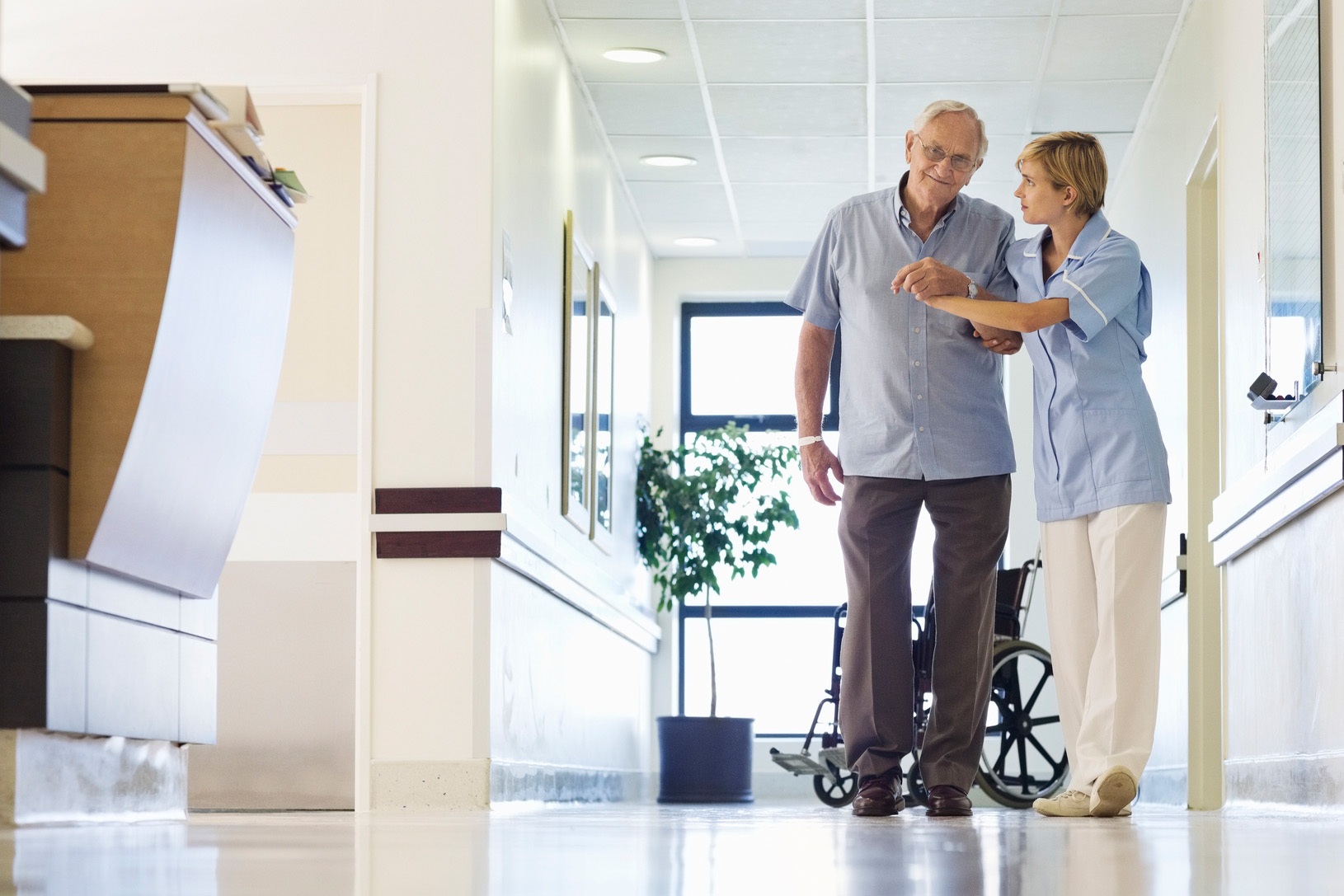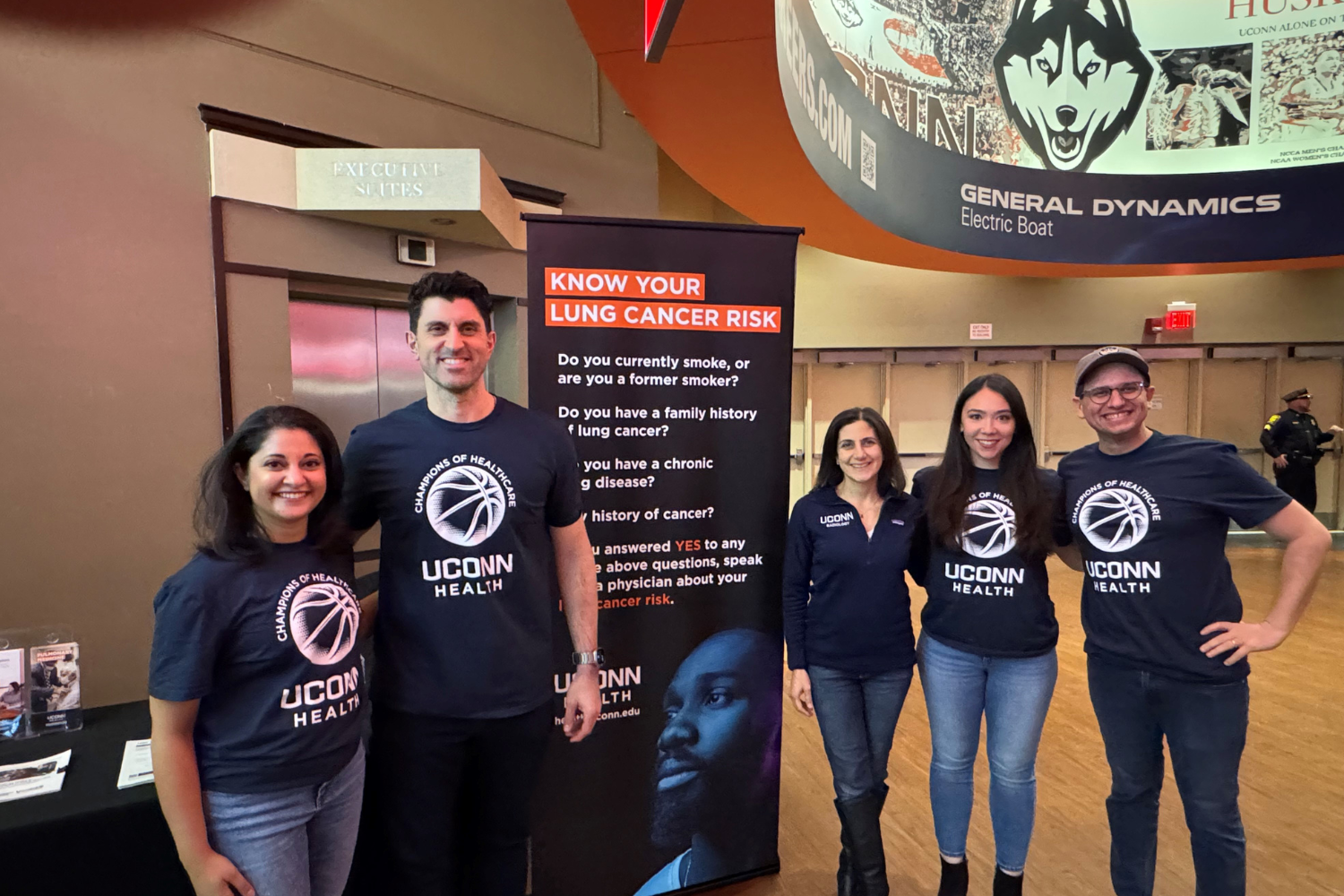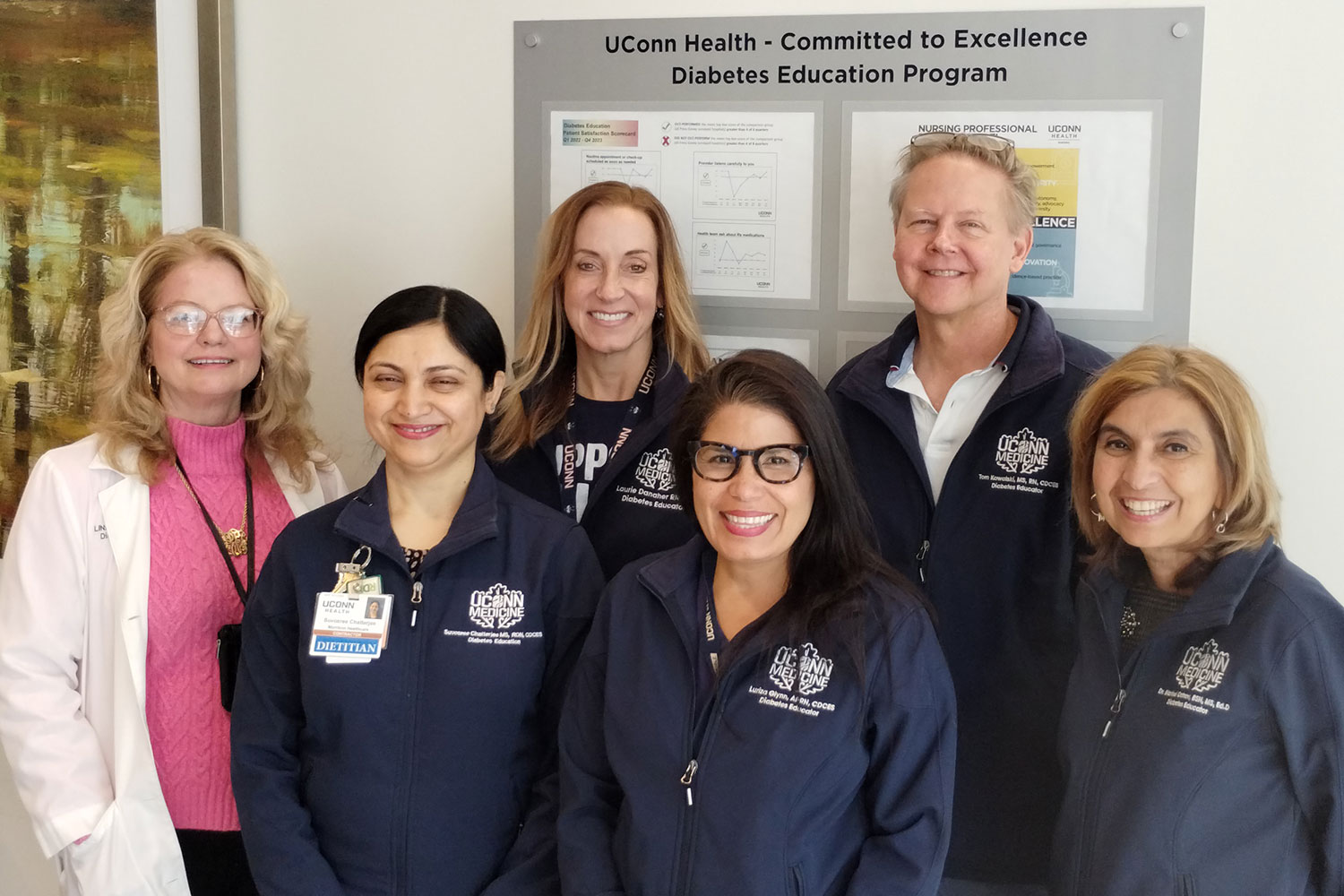Gait speed – how fast you walk – is a good predictor of overall health. Many geriatricians consider it a “fifth vital sign,” as important as body temperature, pulse, respiration rate, and blood pressure. A sudden slowdown may signal that a senior’s health is in decline. The Centers for Medicare and Medicaid Services are considering having doctors measure gait speed at every check-up. Yet the gold standard of timing gait speed over a short distance using a stopwatch is inconvenient, and prone to variability due to human error.
Now, researchers at UConn Health and the UConn School of Engineering have developed a better way. Investigators from the UConn Center on Aging found that Radio Frequency ID (RFID) tags are an easy, almost foolproof way to measure gait speed. This past summer, they had a medical student fit 50 patients between the ages of 65 and 95 with an armband carrying an RFID tag, and then asked them to walk down the hall at their normal speed. Tag readers at either end of the hall detected the tag as the patient passed and automatically calculated how fast the person was walking.
The patients didn’t mind the non-invasive process at all. The medical assistants said it was easy and wouldn’t add more than a few seconds to their task list. And if the tag readers are strategically placed, it could be even faster. For example, a medical assistant could hand the RFID tag to the patient in the waiting room and walk them to the exam room, passing the tag readers along the way.
“We want to be able to track someone’s usual gait speed over time,” says Lisa Barry, a chronic disease epidemiologist at UConn Health. “If someone comes back six months later and their usual gait speed has slowed considerably, this may signify an opportunity to intervene clinically to prevent further decline.”
Barry says the gait speed measurements could also be used as an indicator of how well a patient is responding to rehabilitation and treatment following surgery or a serious illness. She and Dr. George Kuchel, director of the UConn Center on Aging, are currently looking at developing a commercial prototype so that doctors elsewhere can start using the technique to benefit their own patients.
This article was first published in the Spring 2017 edition of UConn Health Journal.



